Iceland travel tips
Iceland travel tips: Land of fire and ice, with stunning landscapes, glaciers, geysers, and vibrant culture beneath the mesmerizing Northern Lights.
Regions 🌎
Iceland travel tips. Here is a list of all the regions of the Iceland.
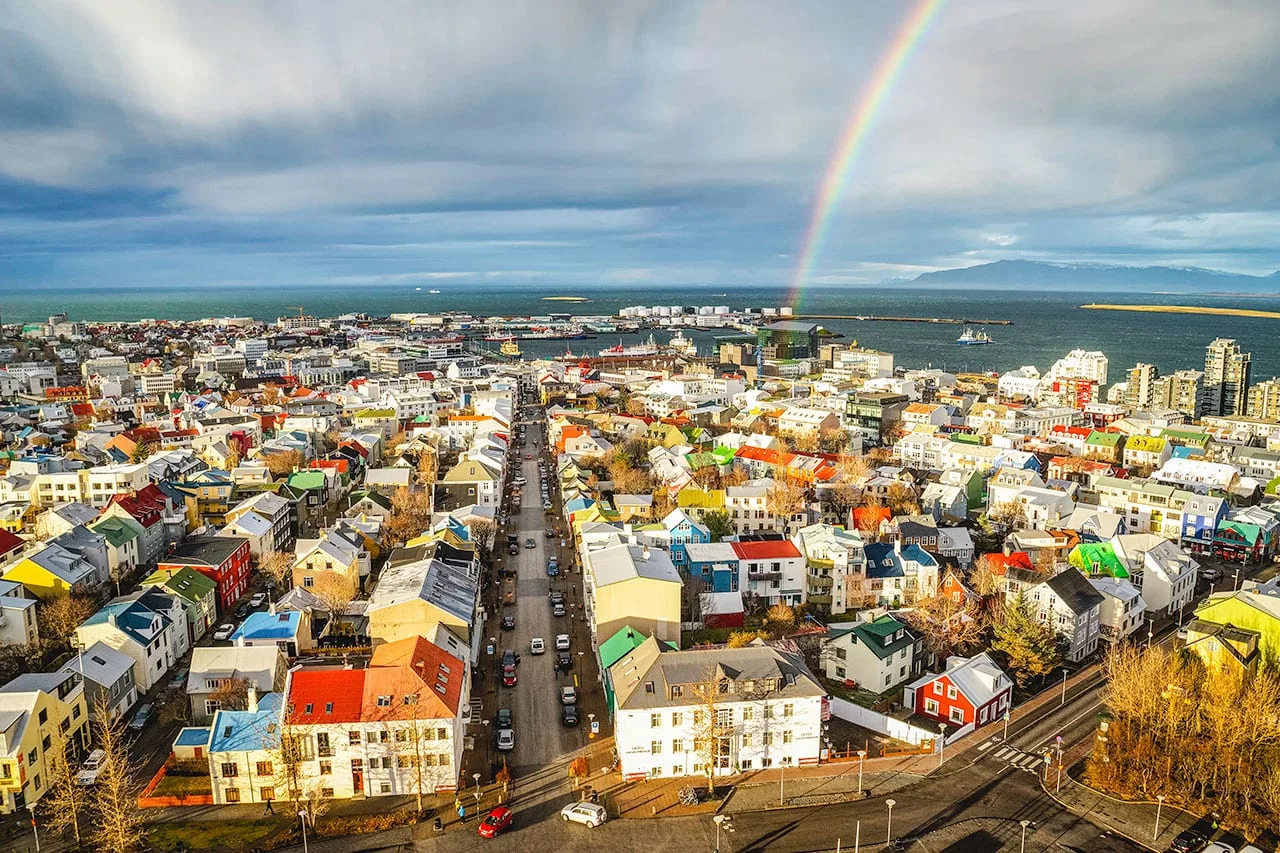
Capital (Höfuðborgarsvæðið)
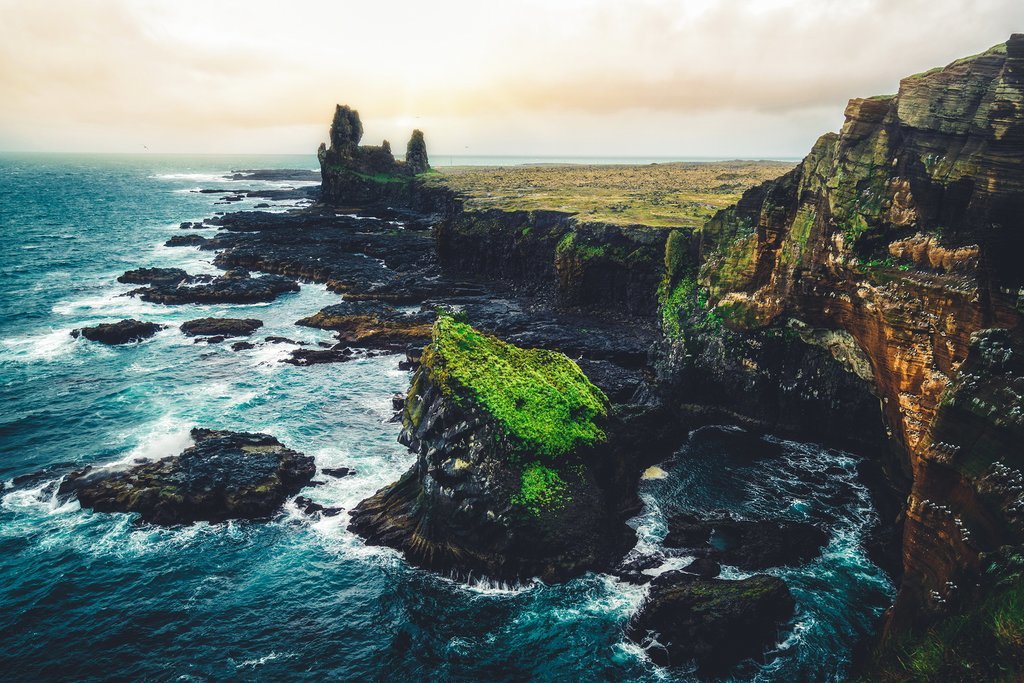
Southern Peninsula (Suðurnes)
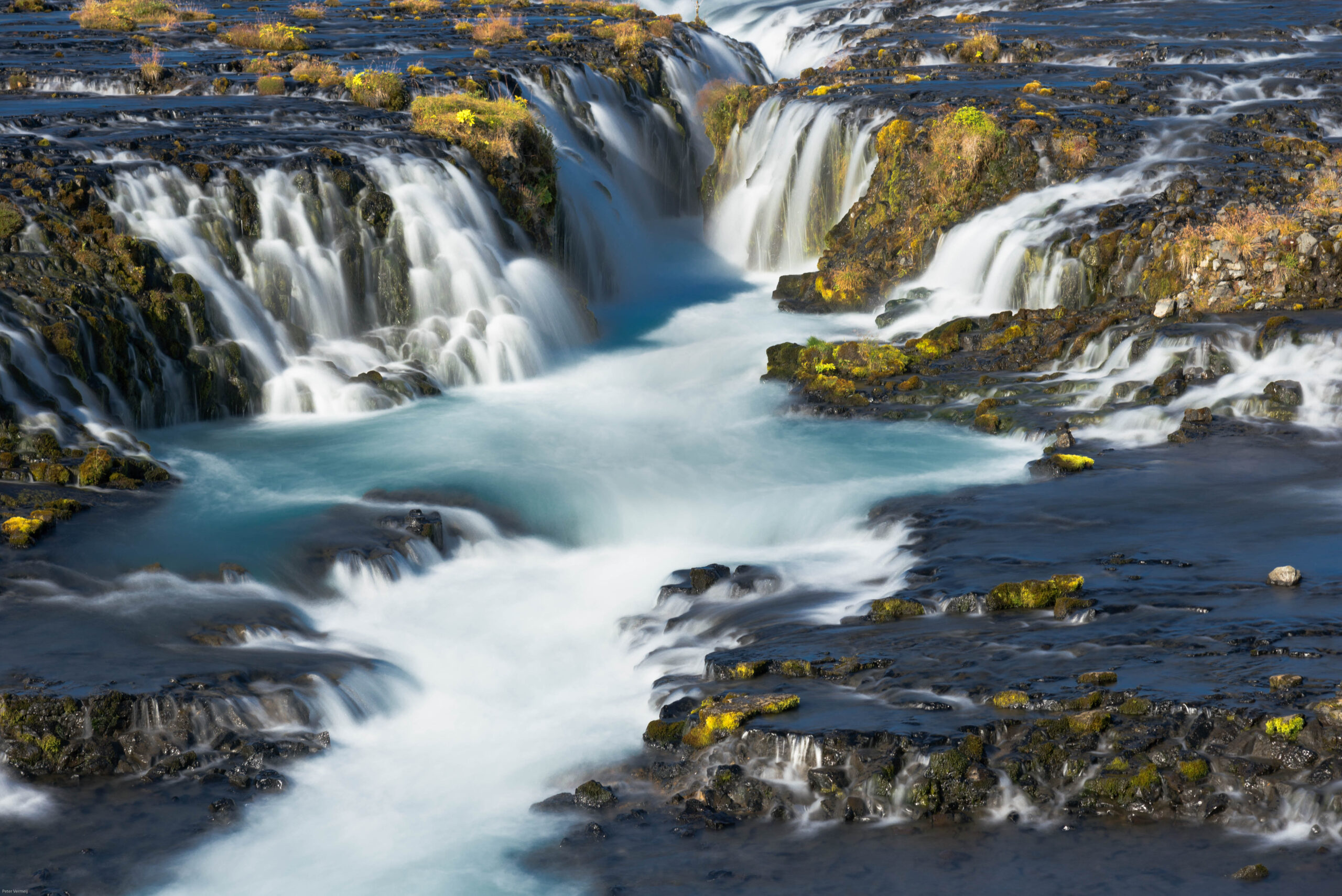
West (Vesturland)
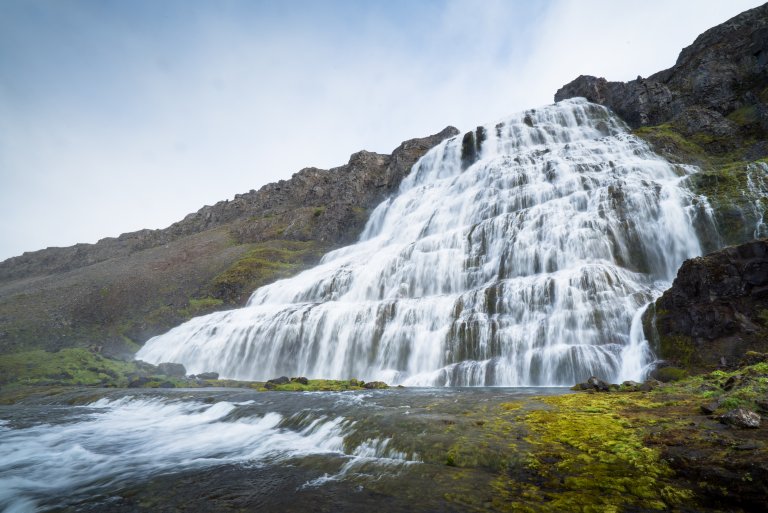
Westfjords (Vestfirðir)
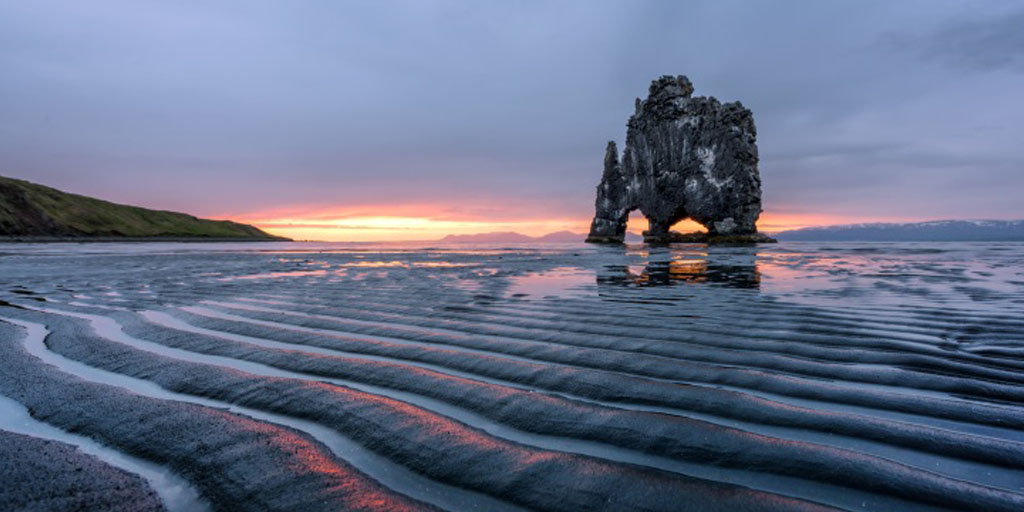
Northwest (Norðurland vestra)
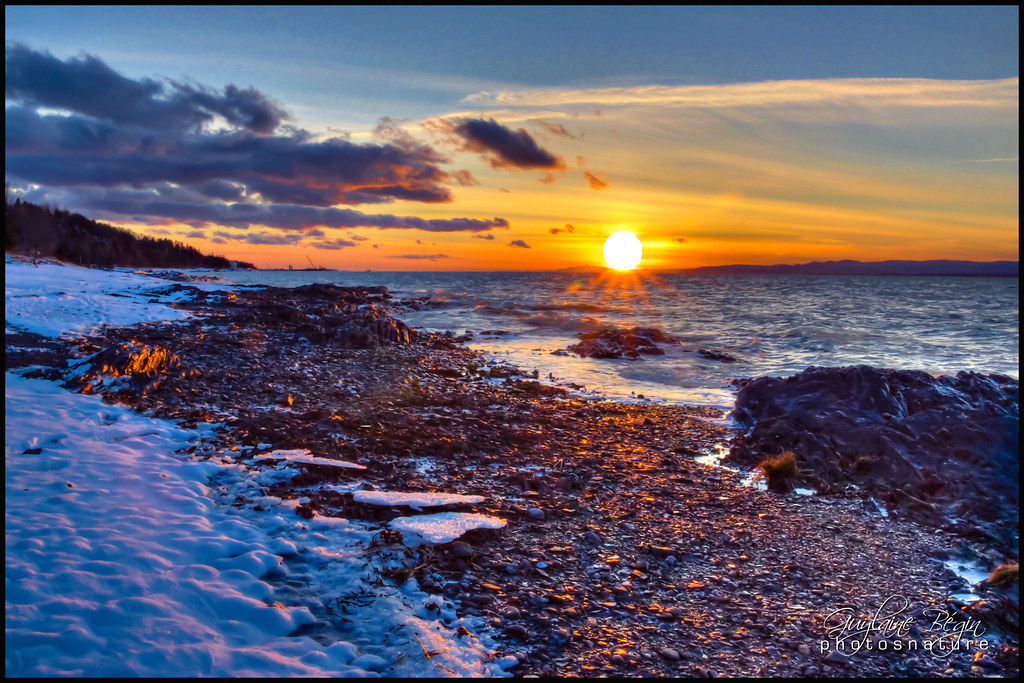
Northeast (Norðurland eystra)
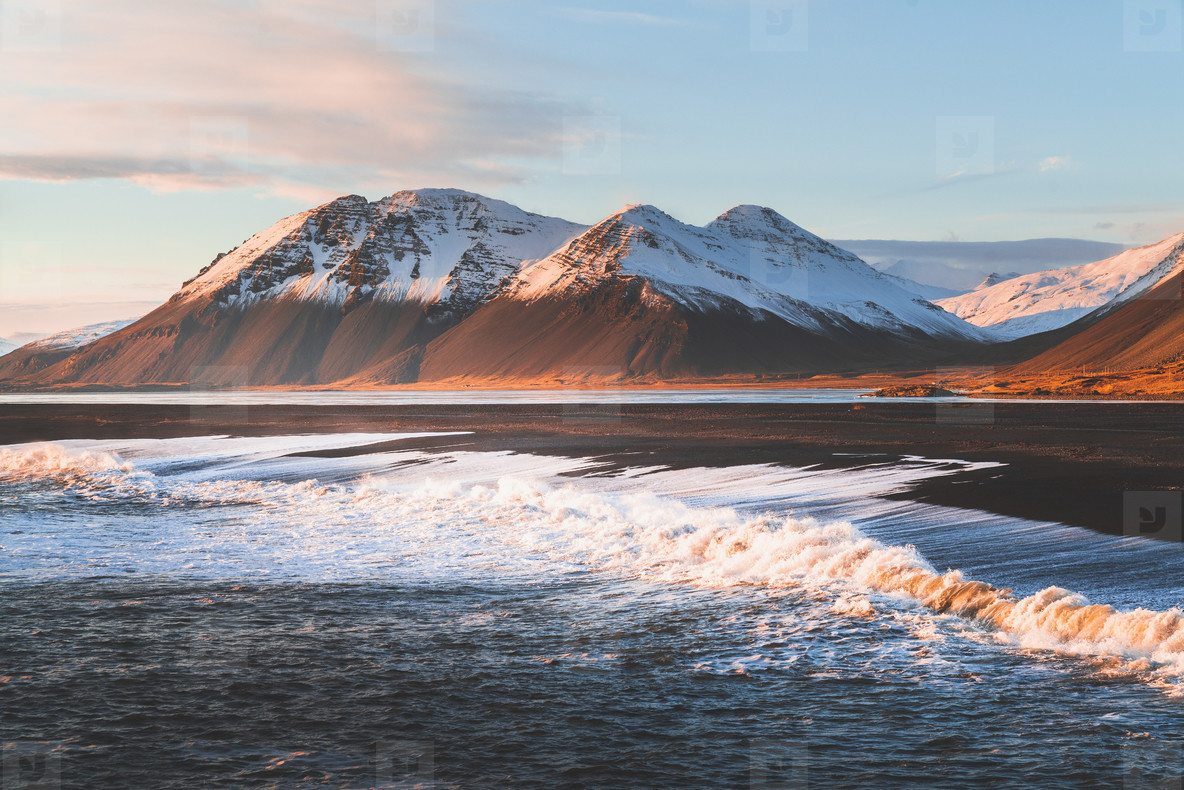
East (Austurland)
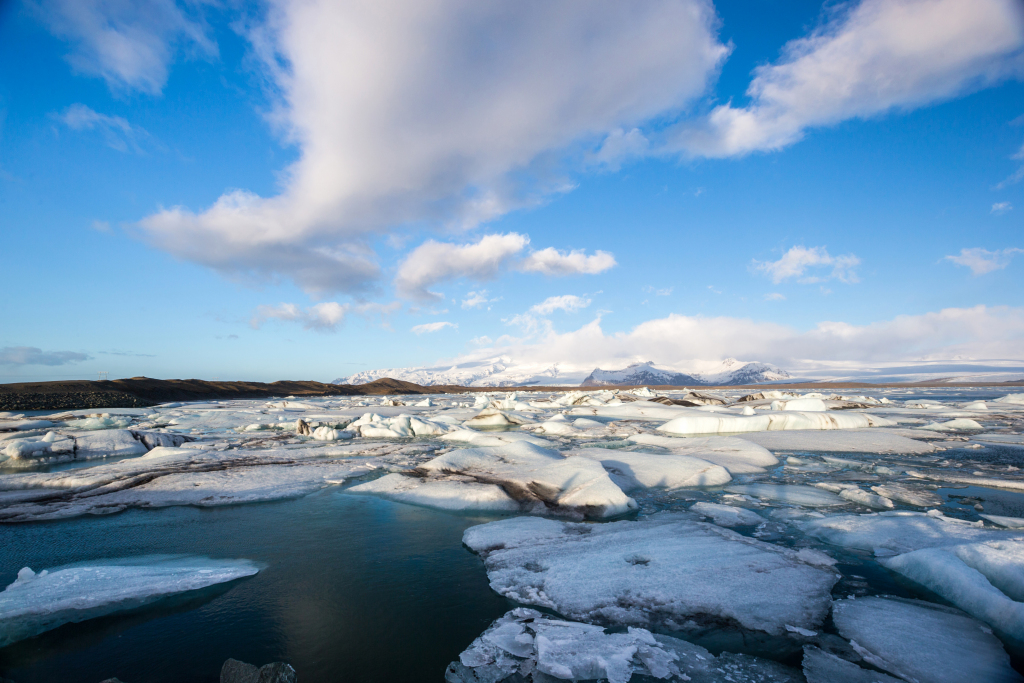
South (Suðurland)
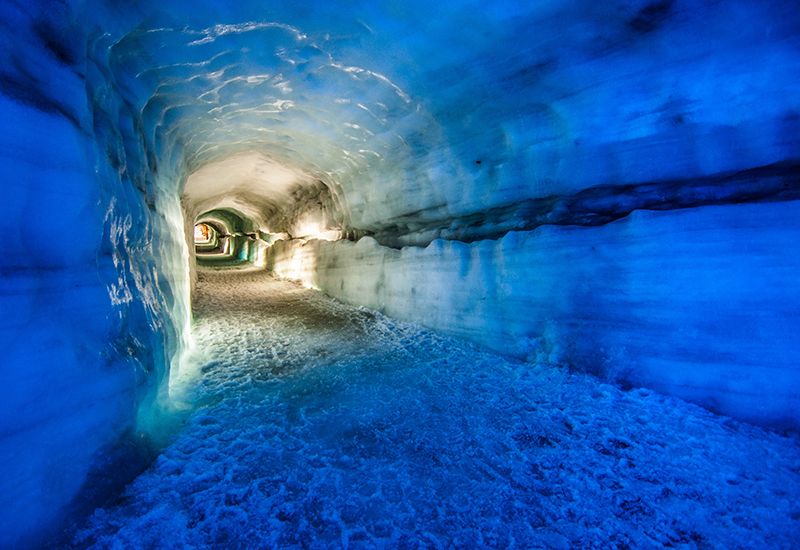
Langjökull
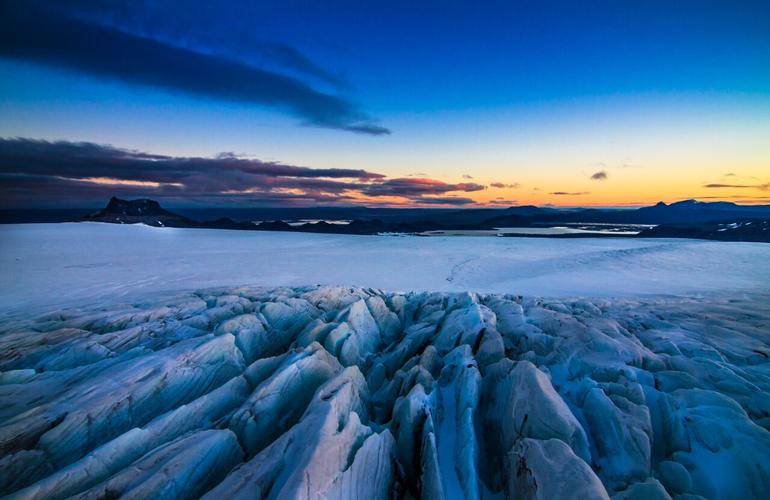
Þórisjökull
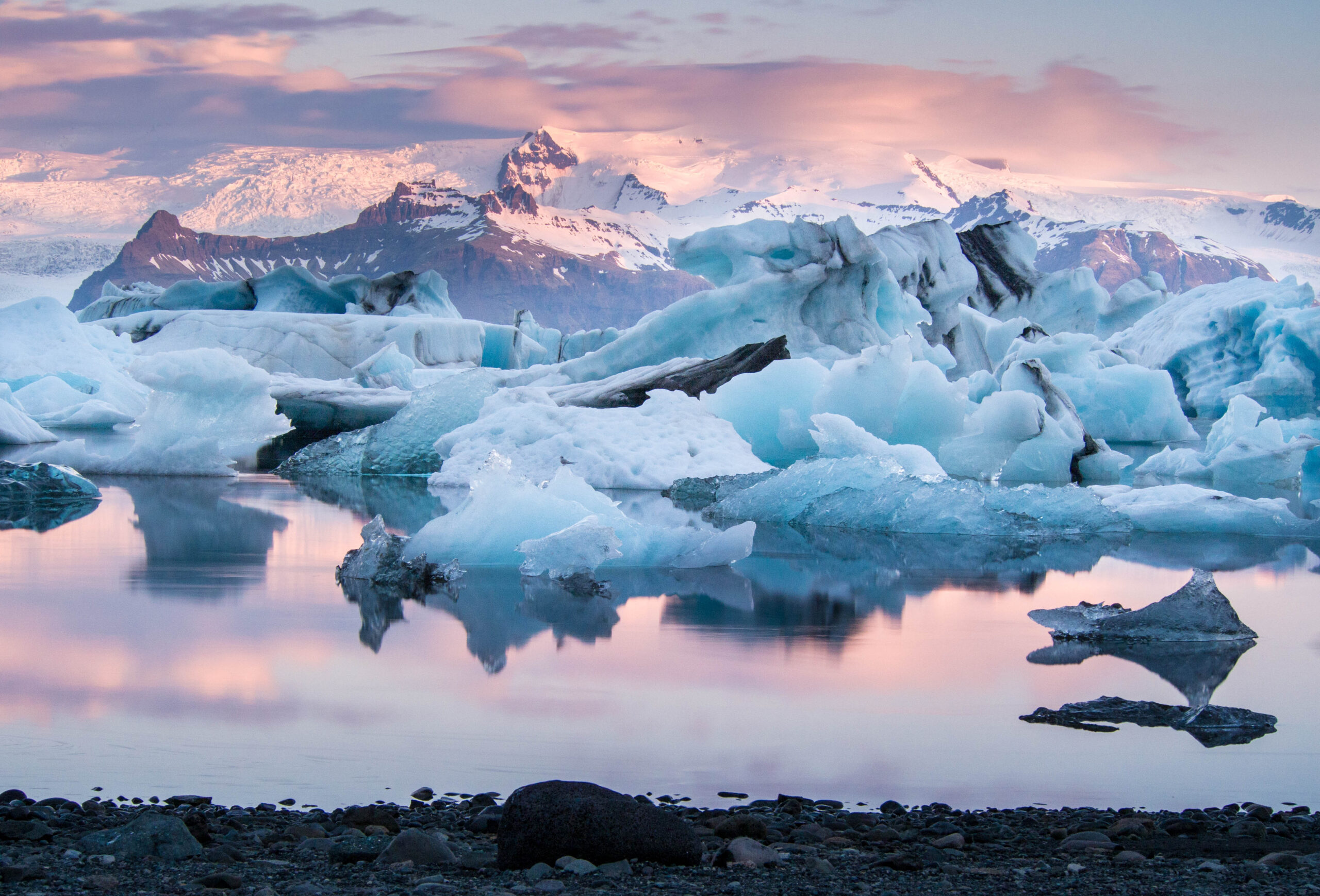
Hofsjökull
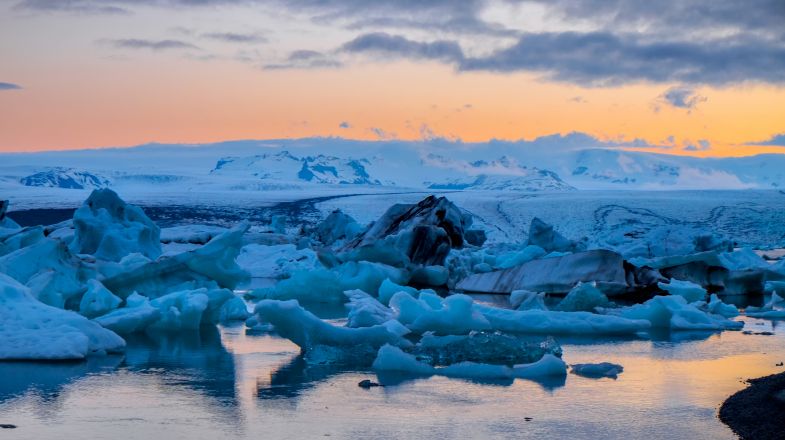
Drangajökull
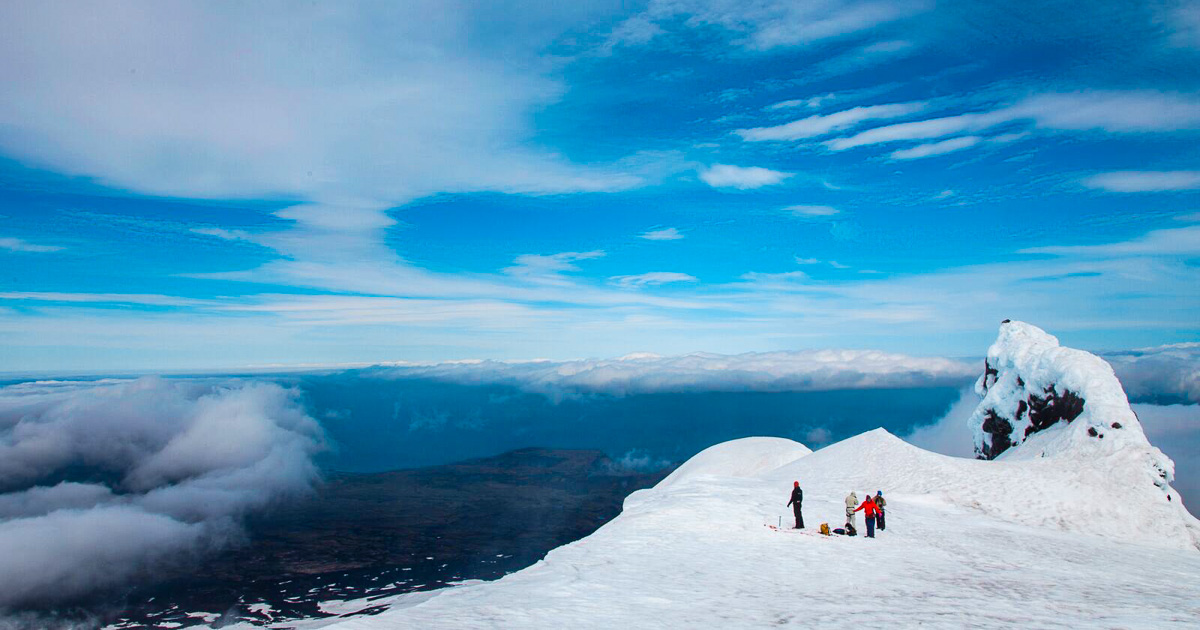
Snæfellsjökull
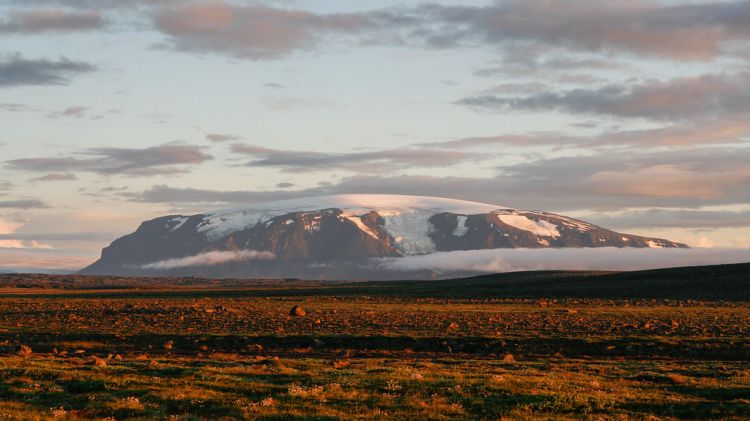
Eiríksjökull

Tungnafellsjökull

Eyjafjallajökull
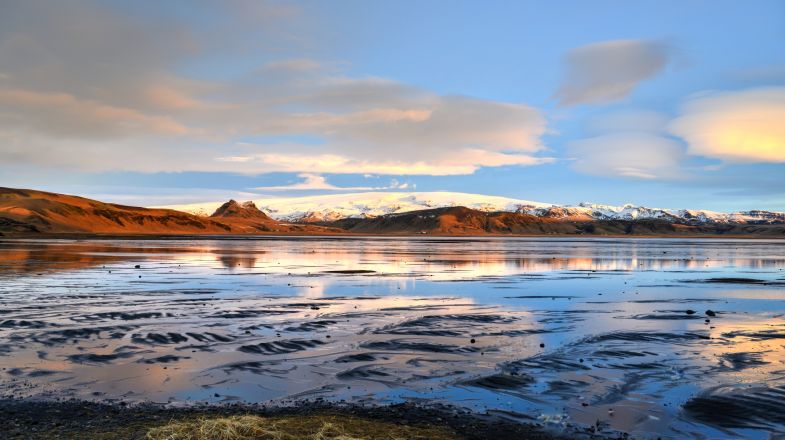
Mýrdalsjökull
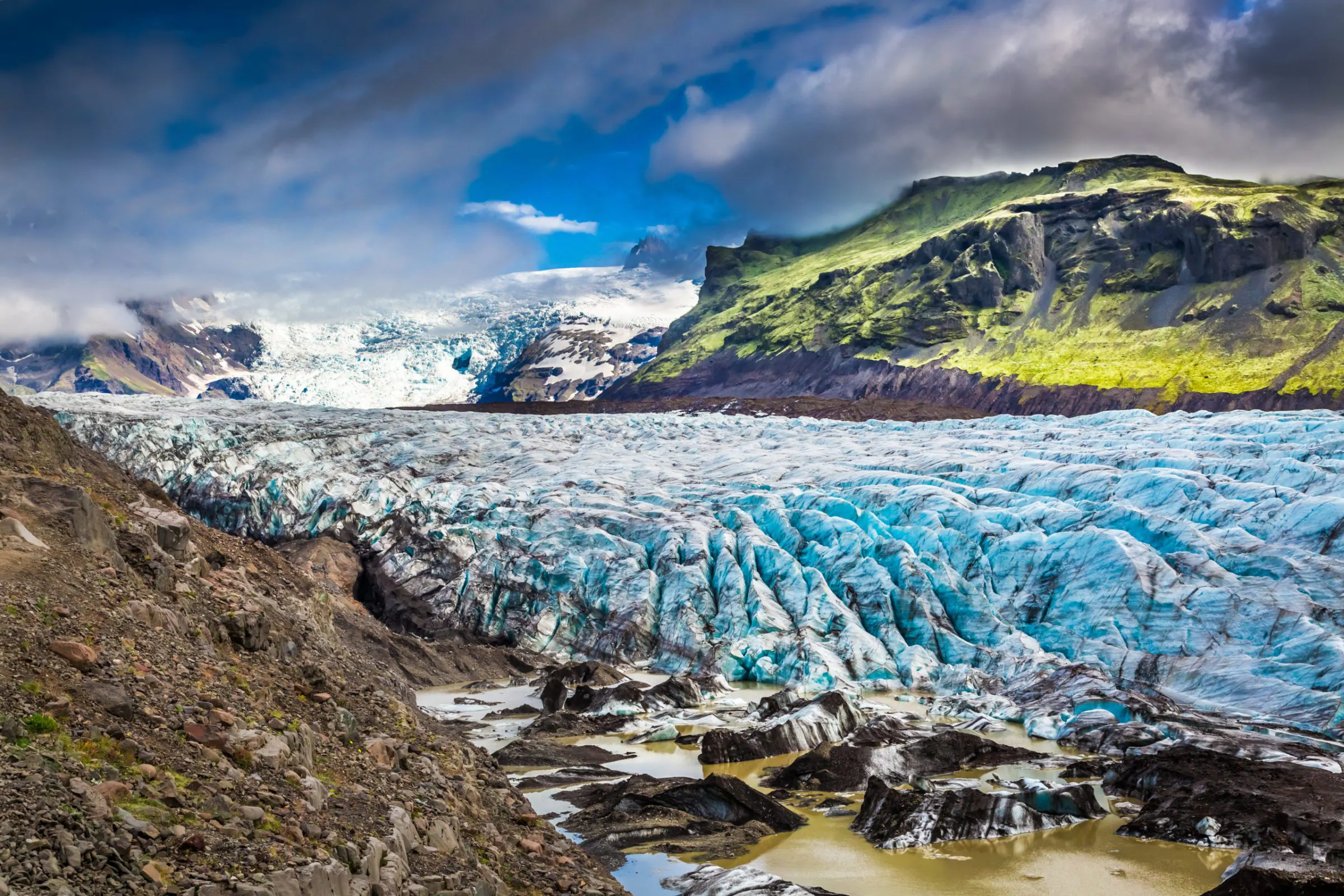
Vatnajökull
Before you go 🛩
Important information you should know before your trip
Info
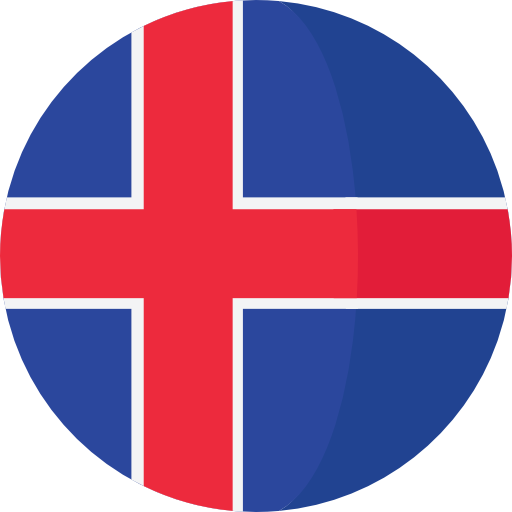
Capital | Reykjavik
Flag Codes:
ISO alpha-2 IS,
ISO alpha-3 ISL
Currency
Badge | Icelandic Krona
CODE | ISK
NUMBER | 352
SYMBOL | kr
FRACTION | eyrir
Mobile Coverage
Dialing Code | +354
SIM Card
Coverage | 3G / 4G / 5G |
Mobile Networks | Nova Mobile | Siminn Mobile | Vodafone Mobile |
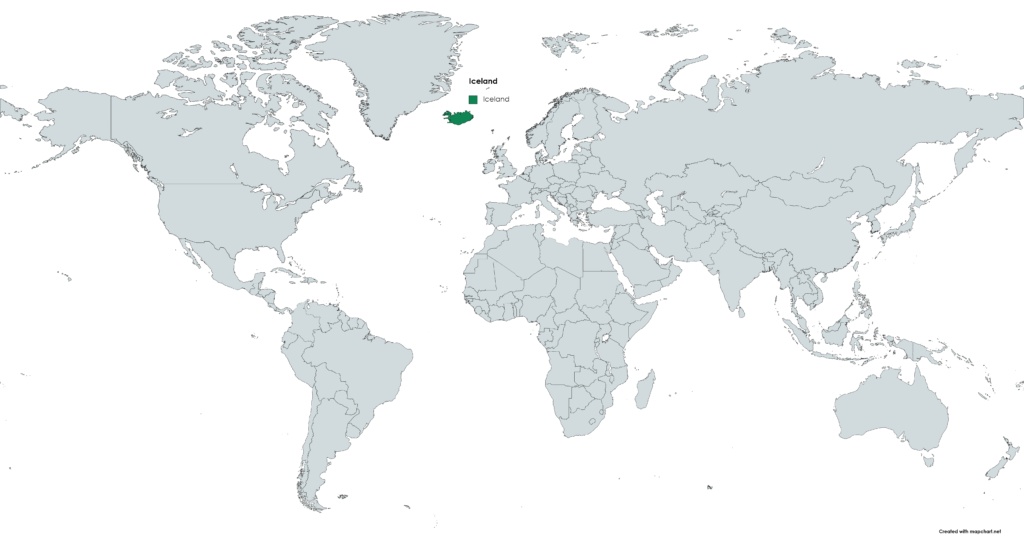
Location
Iceland is a Nordic island country located in the North Atlantic Ocean. It is situated in the region known as the North Atlantic, between Greenland and Norway. The country is located about 970 kilometers (602 miles) west of mainland Europe and about 290 kilometers (180 miles) southeast of Greenland.
Geographically, Iceland is located between latitudes 63°24’N and 66°33’N, and longitudes 13°30’W and 24°32’W. The capital and largest city of Iceland is Reykjavík, which is situated on the southwestern coast of the island.
Iceland is known for its unique and dramatic natural landscapes, including volcanoes, geysers, hot springs, glaciers, and stunning waterfalls. The country is also renowned for the Northern Lights (Aurora Borealis) that can be observed during certain times of the year.
Currency
The currency in Iceland is the Icelandic Krona (ISK).
Languages
The official and most widely spoken language in Iceland is Icelandic. It is a Germanic language that is derived from Old Norse and is unique in its grammar and pronunciation. It is spoken by the vast majority of the population of Iceland, which is located in northern Europe, in the Atlantic Ocean.
Icelandic is the language used in public administration, education, business and the media throughout the country. It is also an important language in Icelandic literature and culture. Due to Iceland’s geographic isolation, the language has evolved in fairly isolated fashion and has retained many ancient features of Old Norse, making it an object of interest to linguists and language scholars.
Climate 🌡
Iceland has a cool, temperate maritime climate, characterized by mild winters and cool summers. The country’s location near the Arctic Circle influences its climate, resulting in some unique weather patterns and conditions. Here are some key features of the climate in Iceland:
Mild Winters: Despite its high latitude, Iceland experiences relatively mild winters compared to other places at similar latitudes. The average temperature in winter ranges from around -1°C to 4°C (30°F to 39°F) in coastal areas. However, it can get colder in the interior and higher elevations.
Cool Summers: Summers in Iceland are generally cool, with average temperatures ranging from around 10°C to 15°C (50°F to 59°F) in coastal areas. In some parts of the country, temperatures can occasionally reach the low 20s°C (mid-70s°F) during the warmest months.
Strong and Variable Winds: Iceland is known for its strong and gusty winds, which can make the weather feel colder than the actual temperature. The wind patterns are often influenced by the surrounding ocean and the contrast between the warm Gulf Stream and cold Arctic air.
Rainfall: Rainfall is relatively abundant in Iceland, particularly in the southern and western regions. The amount of precipitation varies throughout the country, with the south and southwest receiving more rainfall than the north and east. The coastal areas tend to be wetter than the inland regions.
Snowfall: Snowfall is common during the winter months, particularly in the higher elevations and in the interior. The amount of snowfall can vary greatly depending on the region and the specific weather conditions.
Unpredictable Weather: Icelandic weather can be highly changeable and unpredictable. It is not uncommon to experience multiple weather conditions in a single day, including rain, sunshine, wind, and even snow. Travelers should be prepared for sudden weather changes and bring appropriate clothing layers.
Iceland travel tips
Traveling to Iceland can be a unique and exciting experience. Here are some travel tips to help you make the most of your trip:
Weather and Clothing:
- Iceland’s weather can be unpredictable, so dress in layers. Bring waterproof and windproof clothing, as rain and strong winds are common.
- Pack a good pair of waterproof hiking boots, especially if you plan on exploring nature.
Plan for Daylight Hours:
Daylight hours vary significantly depending on the season. In winter, there are fewer daylight hours, so plan your activities accordingly.
Check for Road Closures:
Some roads may be closed due to weather conditions, especially in winter. Check road conditions on websites like the Icelandic Road and Coastal Administration before traveling.
Midnight Sun and Northern Lights:
Depending on the time of year, you may experience either the midnight sun during summer or the northern lights during winter. Plan your activities accordingly.
Transportation:
- Renting a car is a popular option for exploring Iceland’s stunning landscapes. Make sure to check road conditions and weather forecasts, especially in winter.
- Public transportation is also available, with buses connecting major towns and cities.
- View Guide.
Food and Drink:
- Eating out in Iceland can be expensive. Consider buying groceries from supermarkets and cooking your meals, especially if you’re on a budget.
- Try local dishes like lamb, fish, and skyr (Icelandic yogurt).
Respect the Environment:
Iceland takes environmental conservation seriously. Stay on marked paths, respect wildlife, and follow the Leave No Trace principles.
Enjoy your time in Iceland!

The best of the best
Icelandic cuisine is influenced by the country’s geography and climate, with an emphasis on local and traditional ingredients.

Skyr
Skyr is a traditional Icelandic dairy product that resembles yogurt but has a thicker and creamier texture.
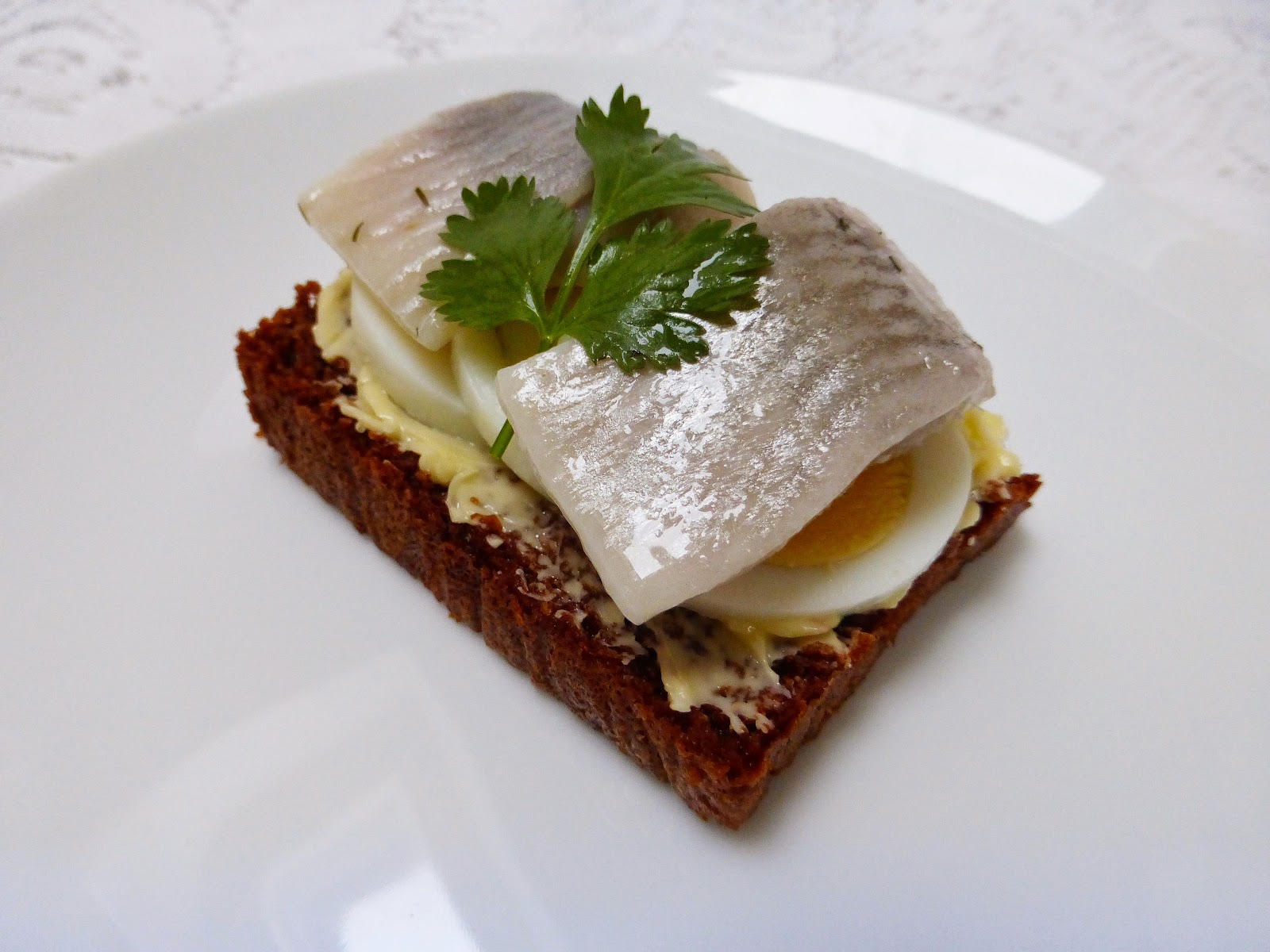
Rúgbrauð
Rúgbrauð, or Icelandic rye bread, is a dense and dark bread made with rye flour, molasses, and sometimes added herbs or spices.
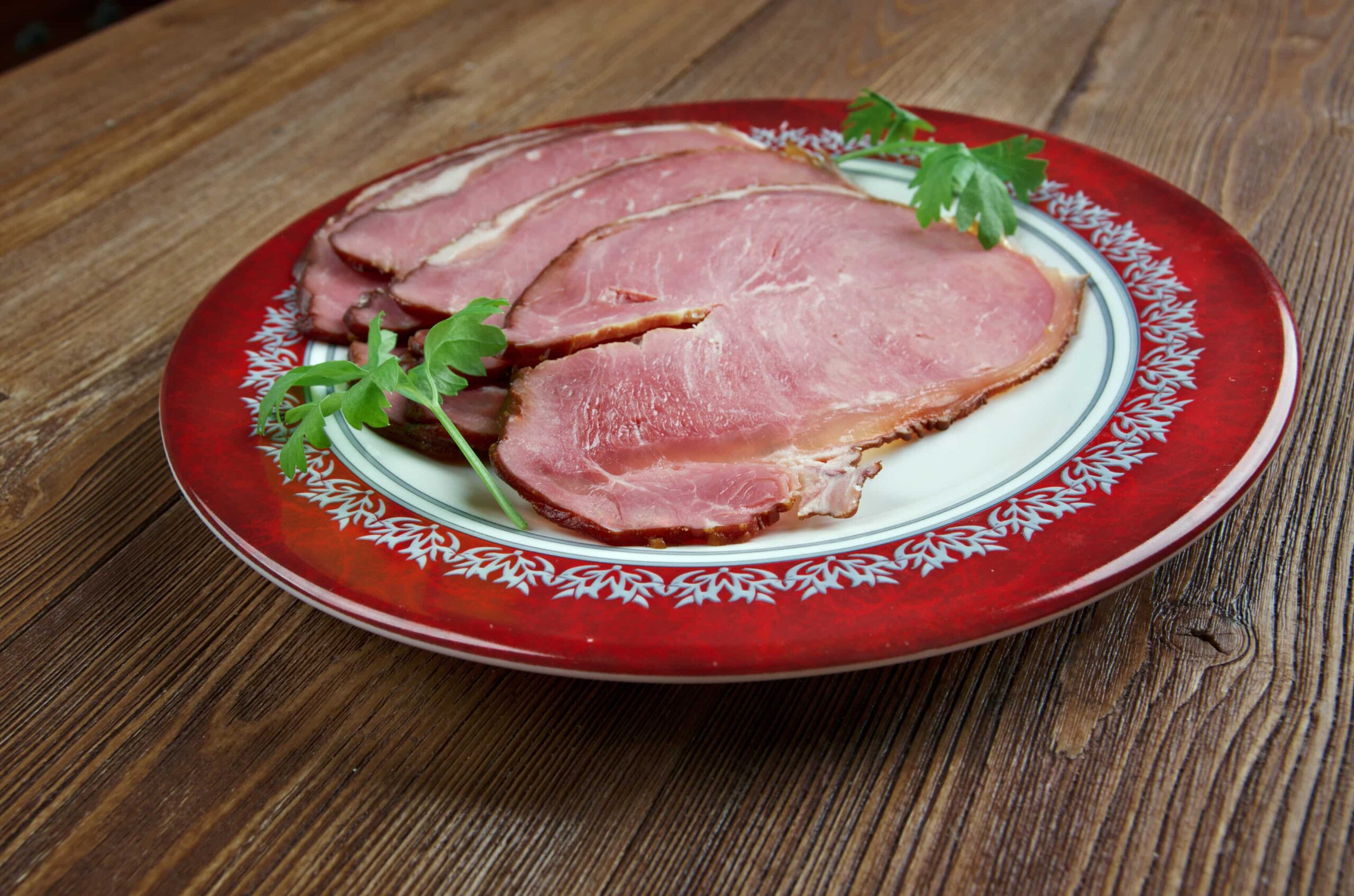
Hangikjöt
Hangikjöt is a traditional Icelandic smoked lamb dish. The lamb is traditionally smoked using birch wood or dried sheep dung, which imparts a unique flavor.
Here are some typical foods of Iceland:
Pylsa: Pylsa refers to Icelandic hot dogs, which are popular street food items. They are typically made from a mixture of pork, beef, and lamb, and are served in a soft bun. Icelandic hot dogs are often topped with a variety of condiments, including ketchup, mustard, remoulade (a type of sauce), fried onions, and raw onions.
Súrir hrútspungar: Súrir hrútspungar, or pickled ram’s testicles, may not be to everyone’s taste, but they are a traditional Icelandic delicacy. They are usually pickled in whey and served as a side dish or as part of a traditional Icelandic buffet.
Lamb: Icelandic lamb is renowned for its quality and flavor. It is often served in various dishes such as lamb soup, roasted lamb, or in stews. The sheep in Iceland graze on the country’s wild and grassy landscapes, which contributes to the distinct taste of Icelandic lamb.
Fish and Seafood: Given Iceland’s abundant coastal waters, fish and seafood play a significant role in Icelandic cuisine. Popular fish species include cod, haddock, salmon, and trout. Traditional preparations include pan-fried fish, fish stew (plokkfiskur), and smoked or dried fish, such as the popular snack known as harðfiskur.
Iceland also offers a range of modern and international cuisine, and many restaurants in larger cities like Reykjavík showcase the country’s culinary diversity.
Transportation 🚥
More information about this country
Choose your destination 📍🗺
Useful Links ✅



